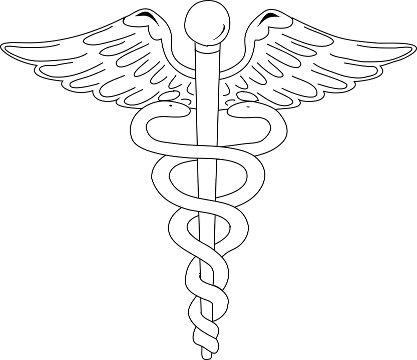Experts Strongly Recommend Against Spine Injections for Chronic Back Pain: Part II
Spine injections should not be given to adults with chronic back pain because they provide little or no pain relief compared with sham injections, say a panel of international experts in the BMJ. After careful consideration, the panel concluded that there was no high certainty evidence for any procedure or combination of procedures, and all low and moderate certainty evidence suggests no meaningful relief for either axial pain (in a specific area of the spine) or radicular pain (radiating from the spine to the arms or legs) for spine injections compared with sham procedures.
